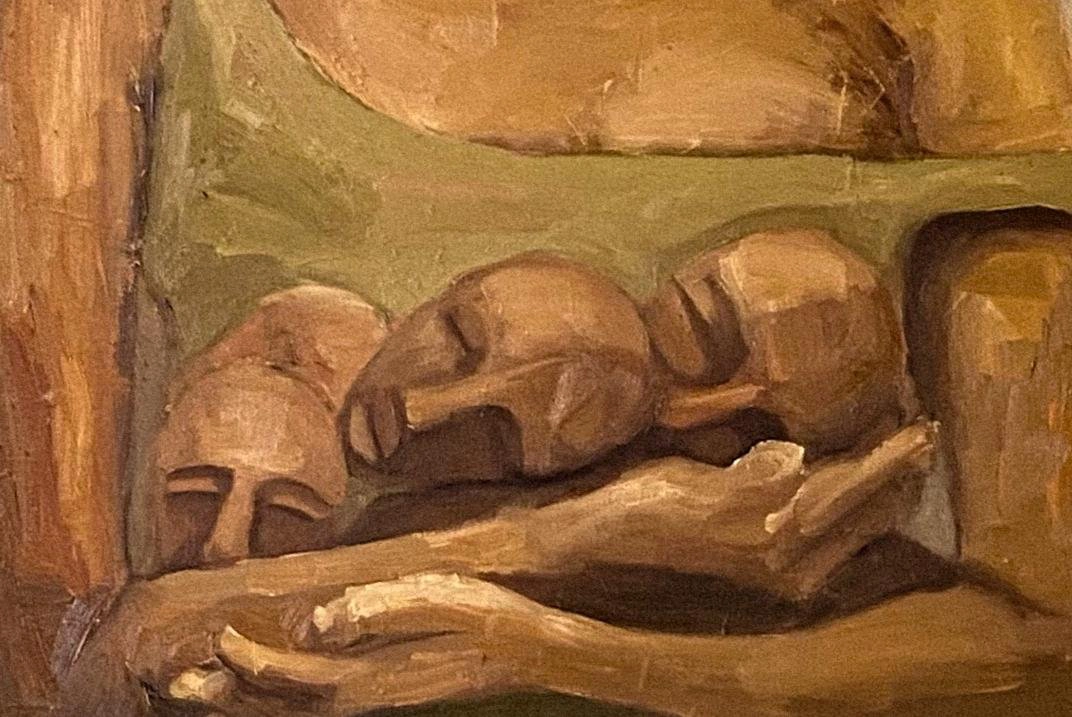
A solo exhibition by: Dahlia Abdelilah
July 08 – July 15 (2021)
Human nature is of a complex simplicity that is tied to emotions and the need for others.
“A Place Named Embrace” explores human relationships, emotions, and expressions, displaying an intimacy that is shown through Dahlia’s figurative paintings.
In her visuals, she explores a personal journey of growth, change, and confinement translated into a series of paintings depicting figures and characters of mostly earthly tones, portraits of minimal expression, and the shared theme of togetherness that holds them all as a whole.

May 9, 2025
May 11, 2024